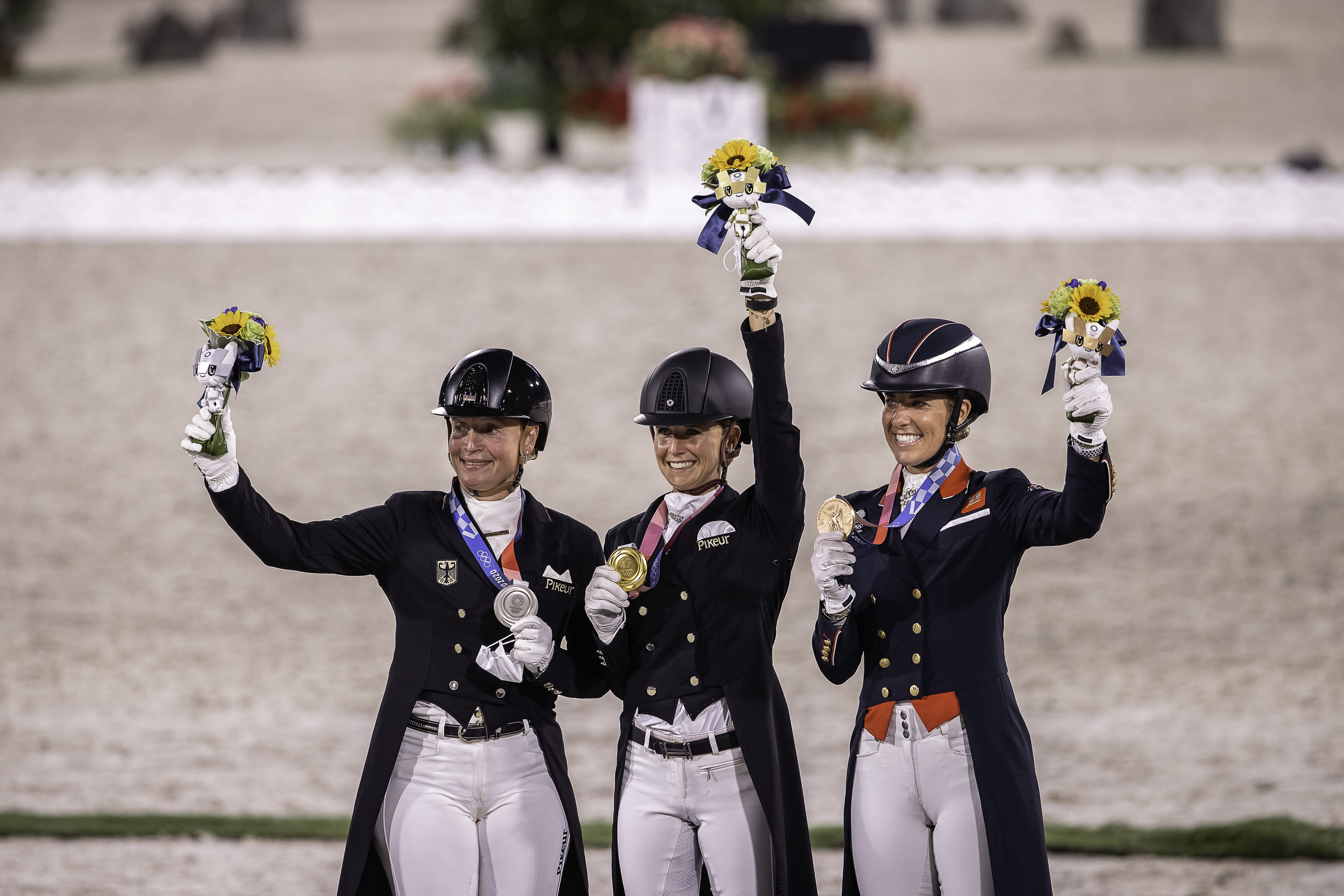More than 5,000 bouquets are presented to athletes at the Olympic and Paralympic Games.The ceremonial flowers are mainly grown in three districts in northeastern Japan that were devastated by an earthquake and tsunami in 2011, and the subsequent meltdown of three reactors at the Fukushima nuclear power plant. Nearly 20,000 people died in the disaster, which affected Iwate, Fukushima and Miyagi prefectures. The bouquets of yellow, green and blue flowers presented to medalists at the Olympic and Paralympic Games were grown almost entirely in these three districts.
The bright yellow sunflowers that dominate the bouquets were grown in Miyagi by parents whose children died in the disaster. The parents chose a hillside where their children had sought refuge from the effects of the tsunami. Delicate white and purple eustomas and salomonas seals were grown in Fukushima - as part of a non-profit initiative set up to try to revitalise the local economy after the disaster severely damaged agricultural production.
The gentians, a small bright blue flower, are grown in Iwate, a coastal area destroyed by huge waves in the 2011 disaster. To complete the bouquet, there are strong green aspidistras, grown in Tokyo and chosen to represent the host city.
Picture; Libby Law
Source: bbc.com



